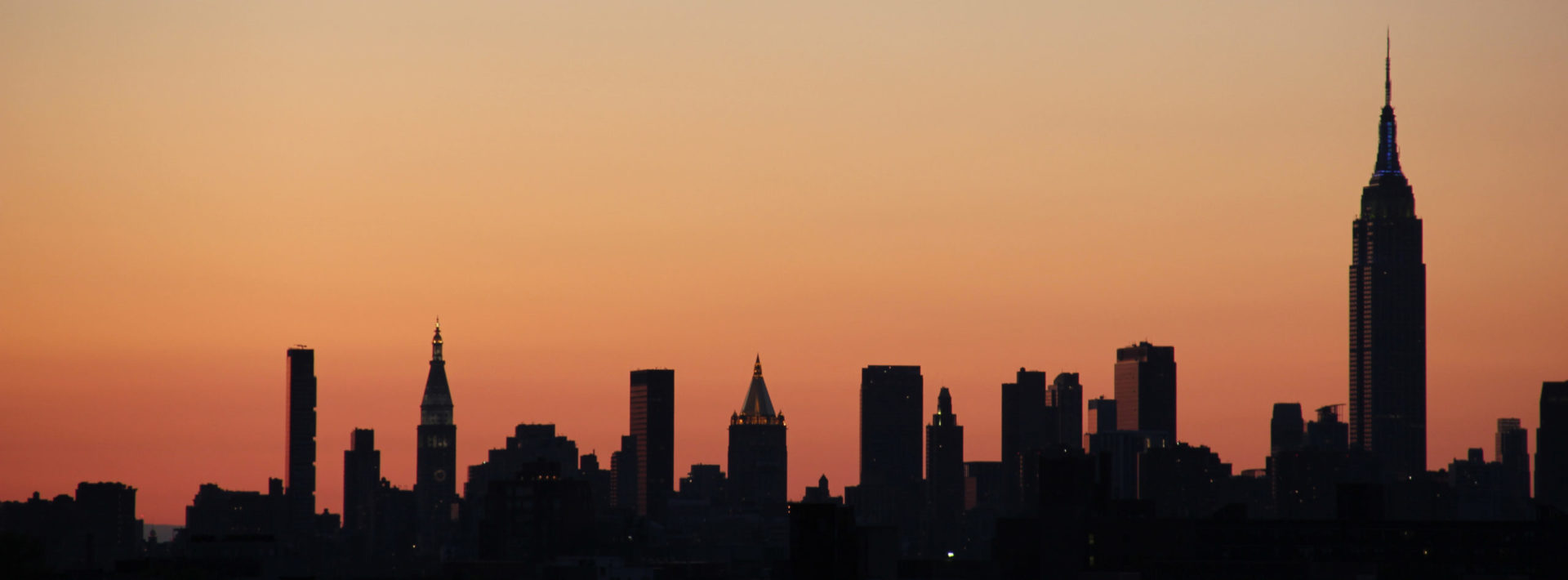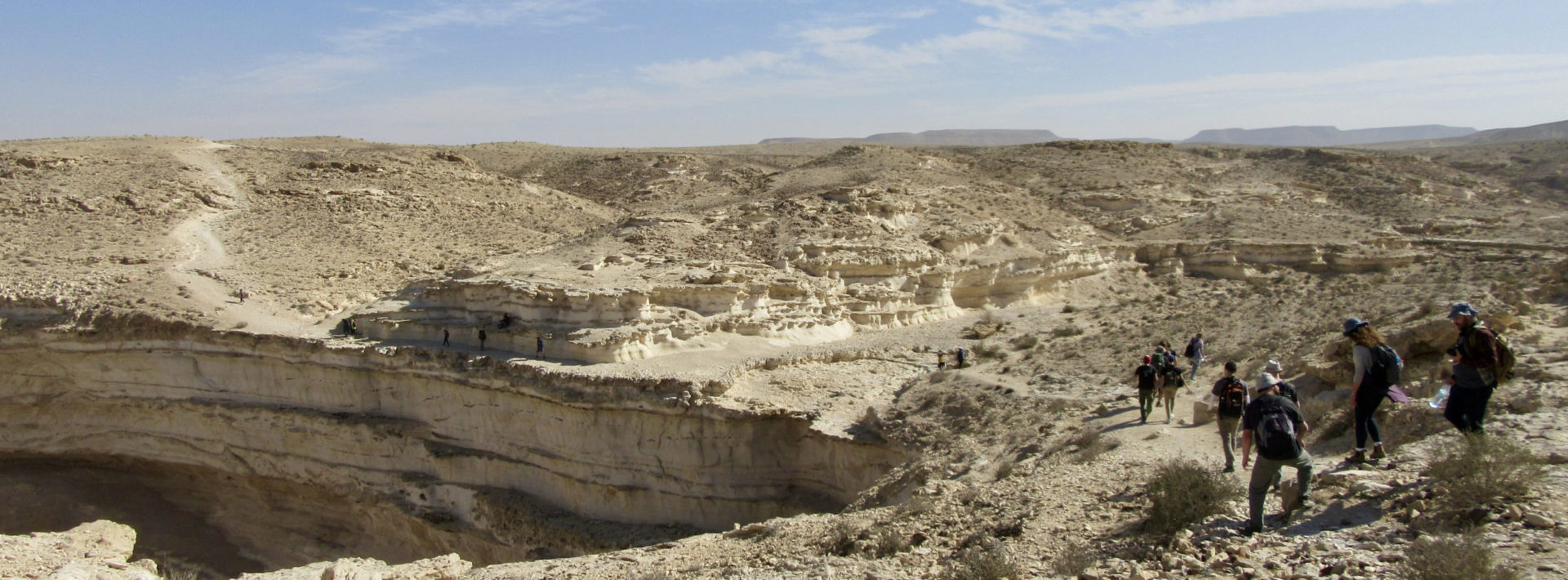IAP 2018: Learning about power and energy in New York City

By Amy Vogel ’20
At this point I’ve been living it up in the “Big Apple” for just over two weeks. I’m here doing an externship at Terreform, a small urban design/research firm in the West Village. Terreform is currently working on a project called “New York City (Steady) State,” an ever-involved, multi-volume, impossible but nevertheless interesting thought experiment: what would it take for NYC to be completely self-sufficient?
Terreform has already begun to examine this question in the realms of food and waste, each sub-project on track to become its own book. My task is to launch the energy volume.
An intimidating yet exciting challenge, my focus has been on researching the history of power/energy in New York City. Though on the surface my day-to-day work is most comparable to that of writing a history paper, the topic is practically tailored for a systems engineer, and I have had countless moments of gratefully recalling Prof. McDonald’s 8.02 lectures on direct and alternating current.
So far, one of the most interesting and relevant pieces of research I have come across is the “War of Currents” between Thomas Edison and George Westinghouse. As you probably know, most of the world (including the United States) uses alternating current to power “the grid,” but it wasn’t always that way. The original electrical power grid in Lower Manhattan actually ran Edison’s direct current. Westinghouse, on the other hand, helped developed alternating current and was its strongest advocate. Though ac is what’s used everywhere now, small portions of Edison’s dc power grid remained in Manhattan up until about ten years ago!
Though parts of my research involve learning about different motors, frequencies, fuels, etc., I am not just looking at how the technology developed, but also how the system developed over time. It has been enlightening to learn in so much depth about how the power grid developed, all while living and working in the area where it happened!
Share on Bluesky


